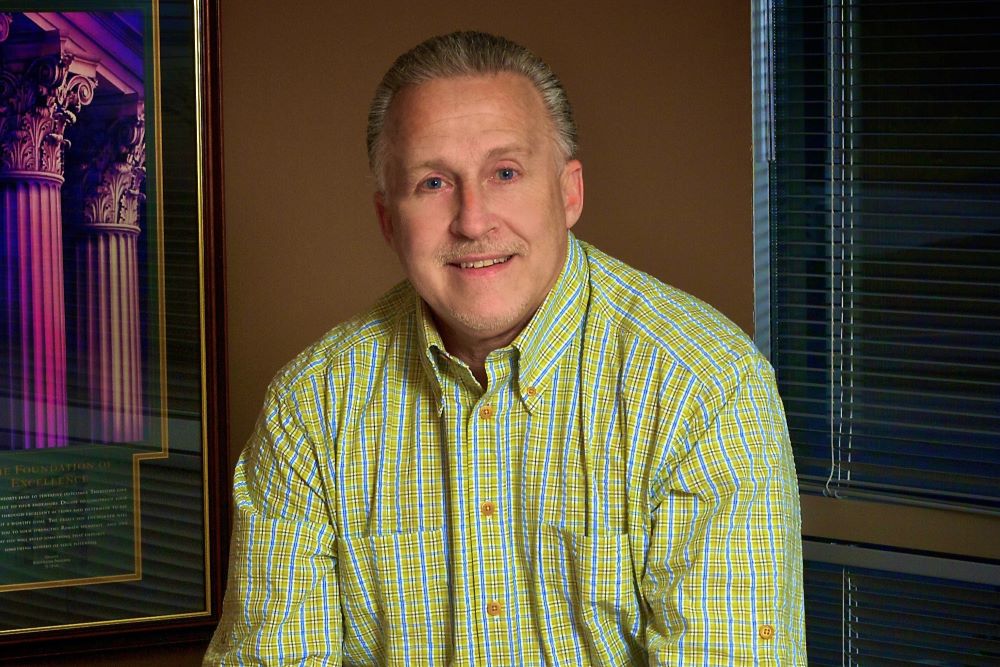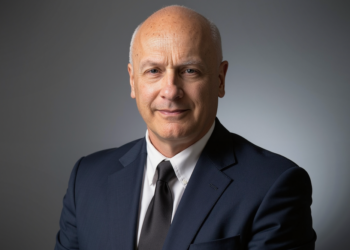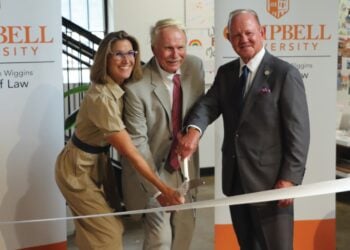AALM: What experiences drew you to the construction industry?
SL: At age 19, while attending architecture school, my father became disabled, and I had to jump in and run his construction business. My firsthand construction experiences led me to the technical side of my architectural studies. I graduated with a minor in structures, and completed my master’s in civil engineering.
AALM: Can you tell us a little bit about your career from serving as a structural engineer to your work for major construction and development companies?
SL: During my eight years as an engineer at TVA I had advanced to the director of budget and scheduling for the engineering branch when I was offered a position with the American Institute of Steel Construction as a regional engineer. While promoting steel to various decision makers, I was offered a position as the director of design and development for Belz Enterprises, the largest developer in Tennessee. In 1988, at age 33, I returned home to Knoxville, and started my own general contracting firm. Starting with big box retail and banks, I grew into larger projects building 10 new schools and multiple medical facilities.
AALM: 17 years ago, one of your friends (an attorney) asked you to help him on a case he was working on. Tell us about that first case.
SL: In 2008, an attorney friend asked me to assist him with a case in which he was representing a plaintiff against a contractor who renovated a large apartment complex, designing and installing a new HVAC system. I concluded the design failed to address the increased power needs of the newer system. I found it intriguing and fun to assist him and during my research I found many procedural and code-related errors. Our team prevailed!
I realized my unique education, experience and construction responsibilities over the previous 40-plus years was critical in helping me track down those type relevant details.
I enjoyed the new paradigm of an expert witness, and my friend encouraged me to consider accepting more assignments from the local legal community. Thus, Construction Strategies was born.
AALM: Of the cases you’ve worked on, are there any that have stood out to you? Particularly challenging or nuanced?
SL: I’ve worked on a broad array of cases. In one case, a general contractor had revised the standard AIA subcontract language to their advantage to an egregious degree. The trail of documentation was voluminous. As I worked through it, I discovered the GC was using “revised” standard AIA contracts, which were completely one-sided and eliminated any rights the subs would have if unrevised.
The AIA software is proprietary, and any revisions are automatically noted on an addendum page and on each page edited. The GC had duplicated the “Standard” AIA contracts outside the software, making the revisions and deletions to their favor, without noting or alerting the subs of the changes.
The AIA documents are so widely used, and lengthy, that subs often don’t read the entire document but trust if the revisions page has nothing noted, the document is the typical Standard AIA document, which they have signed many times. During the project, the GC’s staff gradually introduced the language which left the sub with no rights. The GC now had autonomous control over materials and manpower.
Our team took the position that the contracts were fraudulent and unenforceable with no true meeting of the minds having been achieved.
AALM: How would you describe your approach to your work as an expert witness? How do you think this differentiates you from others in the field?
SL: The previous case was an example of my broad experience giving me the knowledge of what is considered the industry standard for each of the many project delivery methods used today. Then finding how best to filter through the records and help deliver my team’s position in a concise, understandable manner and format.
AALM: You have owned your own construction company for 37 years. How does your continuing hands-on experience in the field impact your role as an expert?
SL: I can typically pick up quickly from which direction the conflict at hand most likely came from, then I work my way back through the timeline and documents to find where things went wrong. It is much like being a detective tracing back through the evidence and seeing where it leads you.
AALM: You’ve served as an expert for both sides of the aisle for close to two decades. What are some of the biggest changes you’ve seen in the construction industry and in the legal industry that affect the way cases are handled?
SL: Each geographical area may have unique rules of evidence, or unique requirements for expert witness reports in format and content. Cross examination rules have become laxer, leading to lengthy cross examinations. Requiring the expert witness to maintain composure during extended testimony about a particular point of contention.
In turn, the construction industry has developed with much more complex processes, more stringent codes and new project delivery methodologies which change the design, budgeting and procurement processes. Knowing the trail of communication each respective methodology requires is essential to discover when a methodology has been implemented poorly—by accident or intentionally.
AALM: Can you share about a real-life situation that resonates with who you are as a professional today?
SL: My firm built a high school in 2003, years later an odor developed inside the school, to the point of classes being cancelled.
While I had no legal responsibility, I was determined to fix it. I knew the odor was not environmental, pollution, etc. The plumbing system had to have failed somewhere. In a 185,000 square foot building, finding where, was a challenge. Long story short, I got with the local utility company, and we developed a plan, flushed out the sewer system, and at the street, pumped smoke up into the system to find where the smoke showed up inside. Posting people all over the building to alert at the sight of smoke, we repeated the process in smaller areas until we found a crack in a two-inch vent stack. Their vocational students repaired it, and the problem was solved.
No set of drawings is perfect, and no building is perfect. A professional takes responsibility for their mistakes and fixes them, for those that don’t in construction, I am anxious to help.








